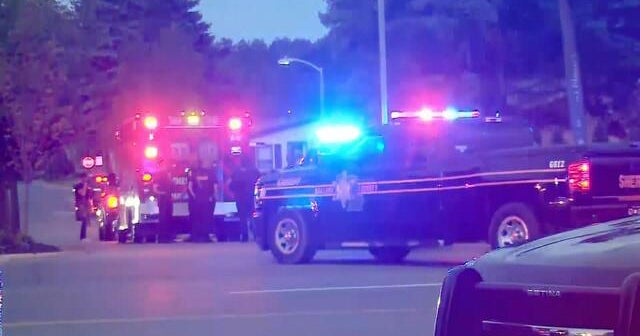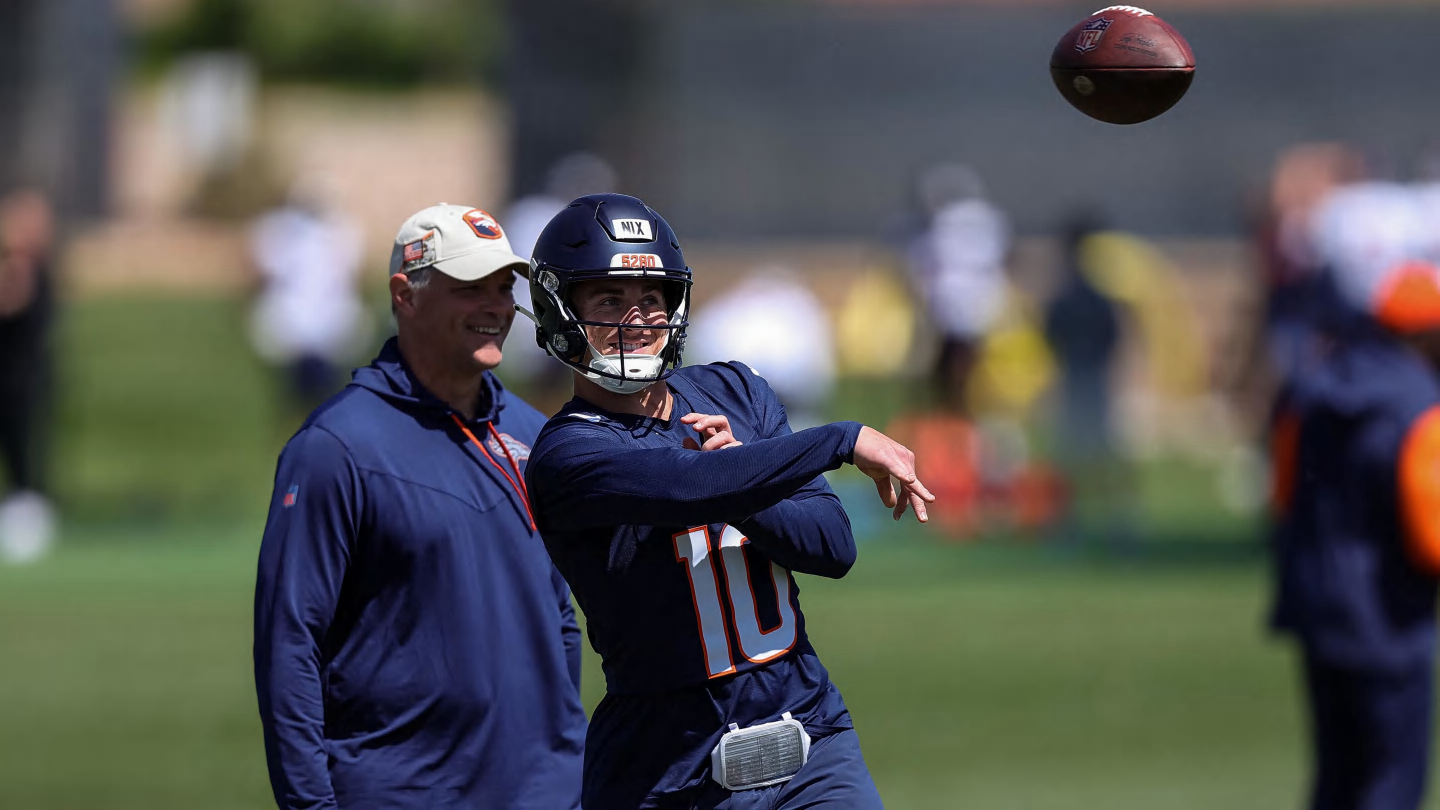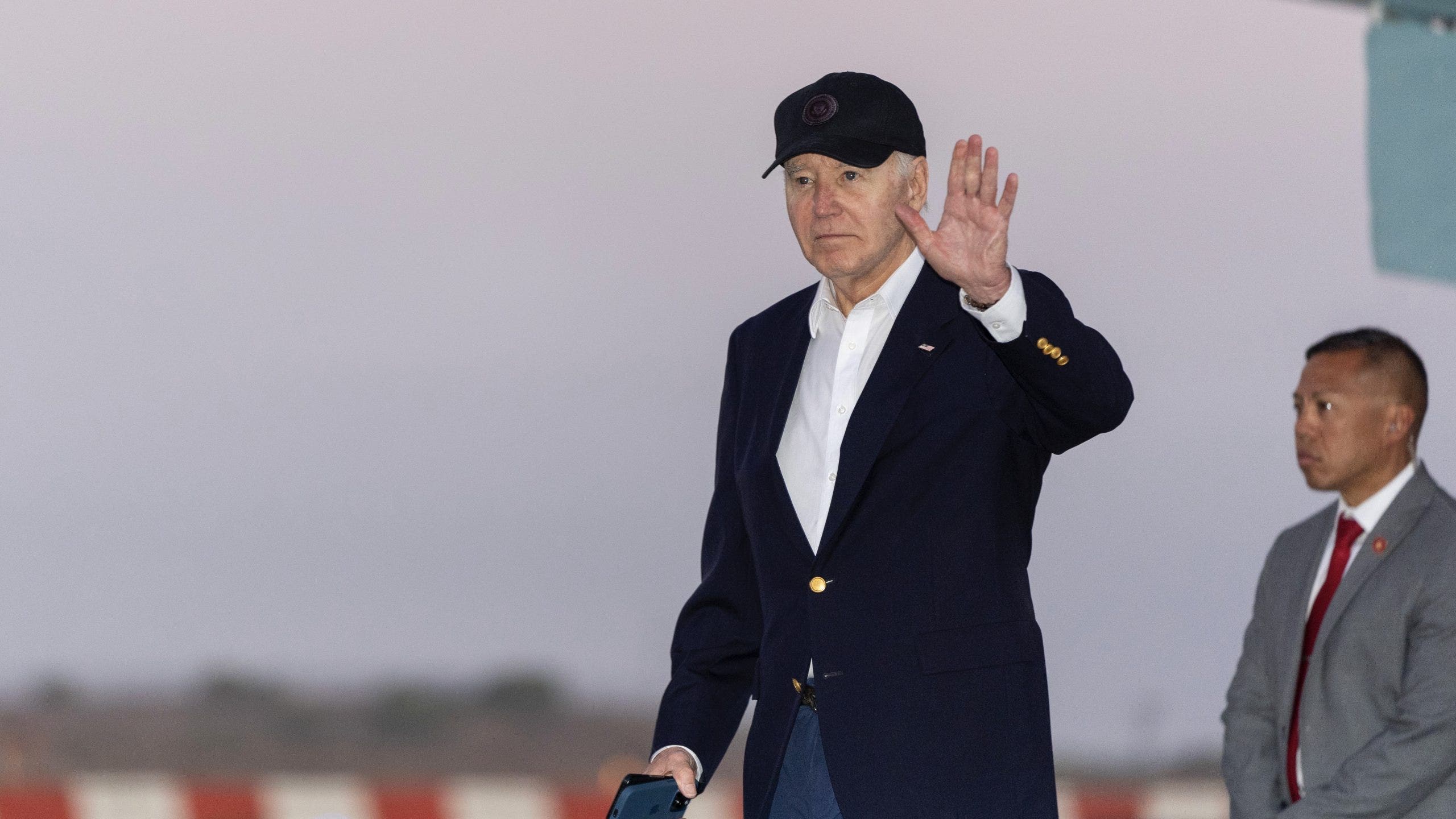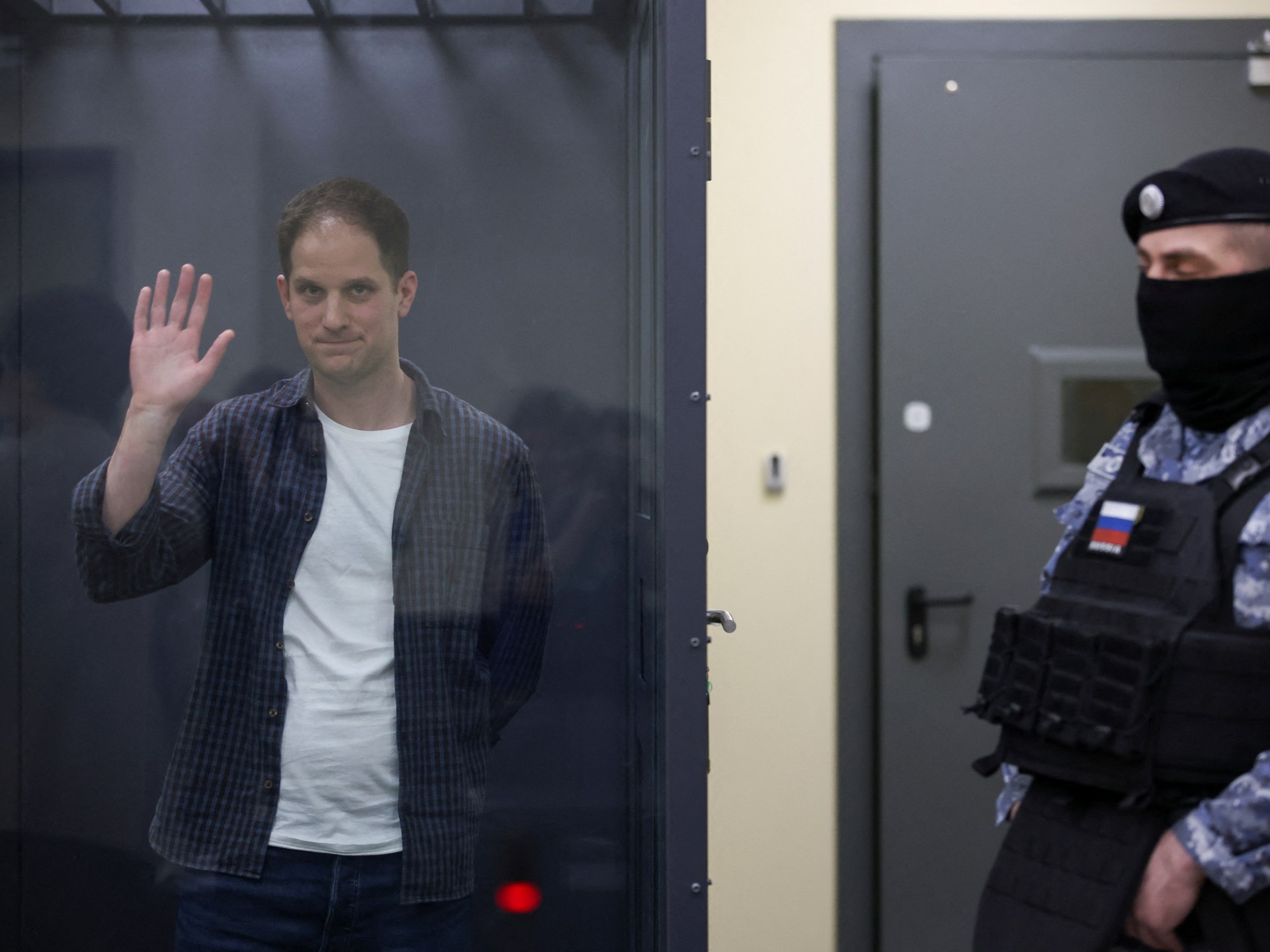Detroit, MI
Don’t Call It a Comeback for Detroit
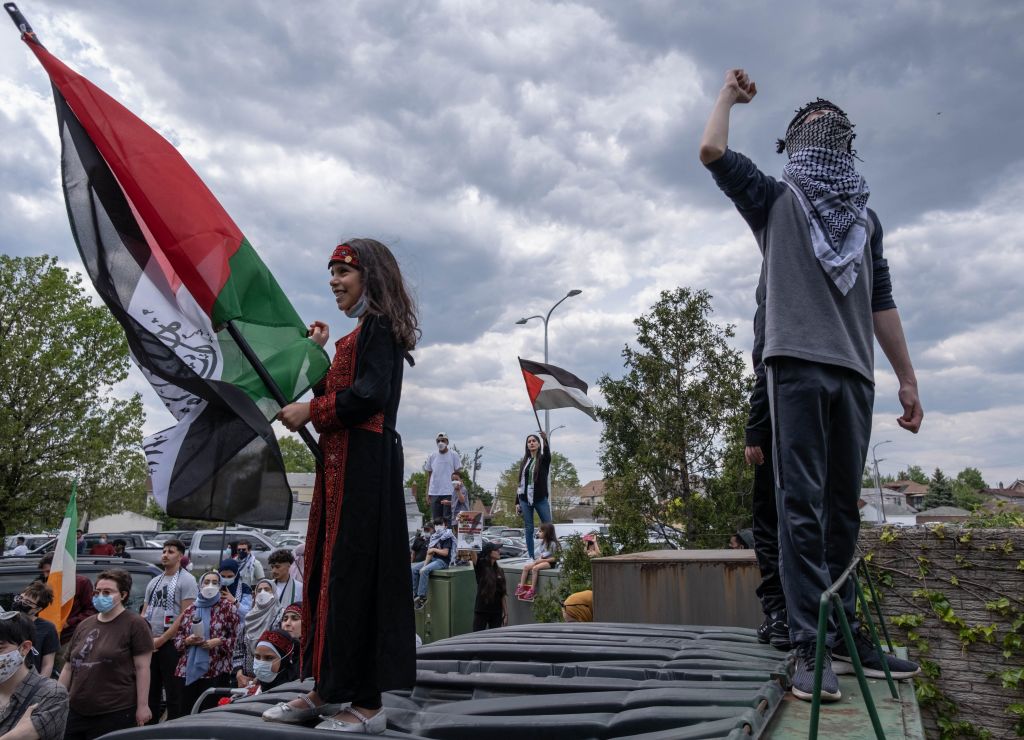
The Detroit Lions have not won a championship since 1957. That same year, Detroit’s population grew for the last time—until last year. The Lions still haven’t won the Super Bowl, but they’re gaining momentum. And, for the first time since 1957, Detroit’s population is growing.
The increase was modest; the U.S. Census Bureau reported a 1,852-person bump in the Motor City’s ranks. Still, that’s more than can be said for cities like Baltimore, Philadelphia, Chicago, and New Orleans, where populations declined over the same period. Whether Detroit’s growth is a one-off or the beginning of the comeback often forecasted but never imminent, only time will tell. Detroit will have to prove itself capable of overcoming the factors that led to its demise.
Founded by French fur traders and missionaries, Detroit has long been subject to demographic change. The once-small city was a bargaining chip for great powers through the latter half of the 18th century, traded from French to British to American hands, often with incursions from regional Native American tribes. Located along the waterway connecting Lake Huron to Lake Erie, Detroit was well-positioned for the growth of the young nation’s industry.
Over the next century, European immigrants came to Detroit, mostly from Poland, Ireland, and Germany. Unlike residents of most major American cities, Detroit’s citizens lived mainly in single-family homes rather than tenements or row houses—immigrants included. But, as was common, immigrants settled in ethnically homogeneous neighborhoods, giving rise to Poletown, Germantown, and Greektown within the city limits.
When Henry Ford transformed Detroit into Motor City, he hired factory workers from among the city’s immigrant population, attracting labor with the generous $5 workday. But the growth of Ford Motor Company soon outpaced the growth of Detroit’s immigrant population. The automobile industry needed more factory workers, but fewer Europeans were moving to the city due to several restrictive immigration bills in the 1920s. Looking for workers domestically, Ford began hiring black Americans who had moved north in search of work and a reprieve from the Jim Crow South.
Ford’s continued expansion would not just change Detroit economically but demographically, culturally, and geographically. By 1930, Detroit’s black population grew 25-fold to 150,000. Like European immigrants before them, black Americans lived in ethnically homogeneous neighborhoods in the city.
And as both money and workers poured into Detroit, rapid industrialization heightened racial tensions in the city. Searching for available land and lower prices, companies began building new factories on the outskirts of Detroit. And as companies moved out of downtown, so did their employees. A 1932 population survey concluded that “the outward expansion of the city has pushed suburban development farther and farther away from the down-town section. As a result…Detroit is deteriorating within the heart of the city itself.”
But the deterioration was slow—for a while, at least. Detroit residents moved to subdivisions on the city’s outskirts, many of which advertised themselves as havens from the city’s ethnic integration. Some new neighborhoods offered buyers assurance that, “ten years from today, the neighborhood will be just as desirable as it is today,” not so subtly hinting at race occupancy restrictions for the new developments.
Property owners in Detroit were concerned about the same thing. Those who didn’t, or couldn’t afford to, move away became wary of fluctuations in property value. With the financial disaster of the Great Depression still in recent memory, white, working-class homeowners were skeptical of anything that could jeopardize their property value—including racial integration. Where suburban homeowners had recourse to realtors, urban homeowners often took matters into their own hands, heightening racial tensions.
By 1957, more people were leaving Detroit than were moving in, and the black population remained fairly concentrated in central neighborhoods. Then, a decade later, came the summer of rage.
Of the 158 race riots that exploded in cities across America during the summer of 1967, Detroit’s riots were the bloodiest. Over five days, 43 people were injured, 7,2000 arrested, and more than 2,500 buildings were looted or destroyed. Michigan’s governor sent in the
The hemorrhage of white residents to the suburbs turned into abject flight. In 1967, 47,000 people left Detroit, headed for the suburbs. The following year, 80,000 people left. In the next decade, Detroit public schools saw a 74 percent decrease in the number of white students enrolled. Following white flight, Detroit became a majority-black city.
As Detroit’s population plummeted, neighborhoods were abandoned, and once-bustling subdivisions became blighted. Crime spiked, heroin use grew, and gun violence became commonplace. For decades, Detroit went up in flames every Halloween when arsonists torched hundreds of homes on “Devil’s Night,” as it became known.
By the time deindustrialization created the Rust Belt, Detroit had already fallen. Ironically, the very industry that built the city had also served as a vehicle for displacement and inflamed racial conflict.
As the city’s demographics shifted, so too did its politics. Activists looked to profit from stoking racial tensions, like lawyer and black labor organizer Kenneth Cockrel Sr. In one case, Cockrel was able to convince a jury that his defendant — who had taken an M-1 carbine to his shift at a Chrysler plant and killed two foremen and a fellow worker — was “not guilty by reason of insanity as a result of racism and conditions inside the plant.” As Bill McGraw wrote in the Detroit Free Press, “With such unlikely victories, much of white Detroit was incredulous — and angry — that black radicals were overthrowing the old order downtown.”
In 1973, Coleman Young, a former black radical, ran for mayor against police commissioner John Nichols. Young won the election by three points, supported by the majority of black voters but only 10 percent of white voters.
As time went on, white residents weren’t the only ones who left Detroit. From 2000 to 2020, Detroit lost a third of its black population, undergoing the greatest loss of black residents in any American city. In 2010, 82 percent of Detroiters were black—the highest ratio in the nation—compared to 77 percent today.
Detroiters left, but their houses still stood, creating long stretches of neighborhood blight. Houses in the city sold for as little as $100 in 2011. Mayor Mike Duggan has knocked down over 25,000 blighted houses, aiming for a goal of “next to zero” abandoned homes by the end of next year.
Since 2013, when Duggan first ran for mayor, he claimed that Detroit would gain population under his leadership. Whether he can sustain the growth—or ameliorate frustrated Detroiters who accuse investors of racist gentrification—is another question. As small numbers of white residents return to the city, some black Detroiters feel displaced by new commercial and residential investments. Some are still resentful that white flight to the suburbs crippled Detroit’s tax base, throwing the city into decades of poverty and underfunded resources.
But white people certainly aren’t the only ones moving to Detroit. As mayor, Duggan established an office of immigrant affairs headed up by Fayrouz Saad, who was tapped by Governor Gretchen Whitmer to run Michigan’s immigration policy. Saad’s department administers Whitmer’s Newcomer Rental Subsidy program, which provides up to $500 a month in rental assistance for immigrants and refugees in hopes of reversing Michigan’s decline in population. Program applications can be completed in English, Arabic, Dari, Haitian Creole, Kinyarwanda, Pashto, Spanish, and Ukrainian.
Subscribe Today
Get daily emails in your inbox
In the years since white flight, Detroit has experienced a new wave of immigration. Immigrants from Middle Eastern countries have flocked to the region in recent years, giving the Detroit metro area the largest Muslim population in the nation. Dearborn, which lies just outside of the Detroit city limits, recently became America’s first majority-Muslim city.
Inside Detroit, too, Arab-Americans have moved into the neighborhoods founded by European immigrants. For years, Polish-Americans lived in Hamtramck, creating a small enclave of Polish culture. In 2021, however, Hamtramck elected a completely Muslim city council, and Amer Ghalib became the first mayor of Hamtramck in 100 years without Polish heritage.
Demographic change has long been the story of Detroit, but the last seventy years have shown the perils of that change. An increase in population could be the harbinger of urban renewal, though it’s ultimately more likely to bring about heightened ethnic tensions. And if Dearborn and Hamtramck are indicators, the future of Detroit could be shaped less by black-white dynamics and more by the burgeoning conflict between Americans and anti-western values.

Detroit, MI
Campaigning in Detroit, Trump incites violence against immigrants
With the US presidential election less than five months away, former president Donald Trump and the Republicans are seeking to capitalize on mass anger among workers and youth against President Joe Biden and the Democratic Party over their war-mongering and anti-worker policies. Michigan, with a population of over 10 million people and 15 Electoral College votes, is viewed by both campaigns as a “must win” state.
To this end, the “People’s Convention” organized by Turning Point USA, a fascistic political organization headed by Charlie Kirk, held a political convention in Detroit this weekend. It was one of several major right-wing events recently held, or scheduled to be held, by Trump-aligned elements in Detroit. The week prior, Christian pastor Clay Travis and retired Gen. Michael Flynn, formerly Trump’s national security advisor, hosted the “ReAwaken America” tour in Detroit.
The People’s Convention lasted three days and featured dozens of Republican politicians, media personalities and fascist ideologues, including ex-president Trump.
In his Saturday night speech, Trump hit all of his reactionary talking points, repeatedly attacking immigrants and “globalists.” As he does in almost every appearance, Trump promised that on his first day in office he would close the US-Mexico border and began mass deportations.
Virtually every speaker at the event sang Trump’s praises and repeated variations of his campaign staples, including Republican Representatives Eli Crane (Arizona), Byron Donalds (Florida), Marjorie Taylor Greene (Georgia) and Matt Gaetz (Florida). Several of Trump’s January 6, 2021 co-conspirators participated in the event as well, including Alex Jones of InfoWars, Jack Posobiec, Steve Bannon and Roger Stone.
The concluding speech was given on Sunday by Ohio Senator J.D. Vance. After the event concluded, a Trump vice presidential straw poll was conducted among the attendees, with Vance garnering 43 percent of the vote, nearly three times as many as the second place finisher, Senator Tim Scott (South Carolina). Florida Senator Marco Rubio and North Dakota Governor Doug Burgum received 7.7 and 7.0 percent, respectively.
Of the over 10 million people who live in Michigan, close to 4 million reside in the Metro Detroit area, which includes the counties of Wayne, Oakland and Macomb. According to 2022 census figures, nearly half a million people in Detroit are African-American. In the 2020 election, Trump sought to invalidate the nearly 800,000 votes cast in Wayne County, which includes Detroit, as part of his bid to retain power after losing to Biden.
According to research by Poverty Solutions at the University of Michigan, some 40 percent of the population in Metro Detroit is “poor” or “struggling to afford the basic cost of living,” even while holding a job. One of the major costs for workers and their families is housing, with nearly 34 percent of Metro Detroit residents “cost burdened” by housing, meaning they spend over 30 percent of their income on their rent or mortgage payment.
The same research found that as of March 2024, seven percent of Metro Detroit residents did not have health insurance and over 14 percent were receiving food stamps.
While inflation is eating away at workers’ paychecks around the world, Detroit faces one of the highest rates of inflation in the US. According to recently published data by WalletHub, year-to-year inflation in Detroit is 3.5 percent, the fifth highest out of 23 major metropolitan areas studied by the company. Honolulu, Hawaii had the highest rate at 5.2 percent, followed by Dallas at 5 percent, Seattle at 4.4 percent and San Francisco at 3.8 percent.
In a bid to capitalize on the brutal impact of inflation and social cuts under President Joe Biden, Trump held a “Church Roundtable” event at a Black church in Detroit prior to speaking at the Turning Point convention. In an interview with the Detroit Free Press, Rev. Lorenzo Sewell of 180 Church said he supported neither Biden nor Trump, and was “shocked” to have received a call from the Trump campaign.
Introducing Trump, Sewell said he was “so humbled that you would be here,” adding, “President Obama never came to the hood, so to speak. President Joe Biden, he went to the big NAACP dinner, but he never came to the hood, so thank you.”
Prior to event, the Trump campaign announced the formation of the “Black Americans for Trump” voter outreach group. Members of the group include Rep. Donalds; former Detroit Mayor and convicted fraudster and racketeer Kwame Kilpatrick; rappers Sexyy Red, Kodak Black and 50 Cent; boxer Mike Tyson and former Yankee and Met outfielder Daryl Strawberry.
In his comments, Trump sought to pit worker against worker along the lines of race and immigration status. He blamed Biden for allowing “millions of illegal aliens” to “pour in” and take “your jobs.”
Trump declared that the “Black community” was “getting hurt more by the illegal aliens… That are affecting African-Americans, and after that, the Hispanic Americans, more than any group.”
Repeating his standard fascistic agitation against migrant workers, he added, “We are being inundated with… terrorists at levels we have never seen before.”
Following Trump’s brief remarks, Rev. Sewell said a closing prayer in which he noted that Trump “was charged with 34 felonies, then he raised $53 million in 24 hours and he has the potential to be the 47th president.”
Sewell asked God to “speak to [Trump]… visit him with wisdom… Lift his hands up so that our country perhaps would be great again. And we believe specifically for Black America that you would make Black America great again.”
In its report on Trump’s visit to the 180 Church, the Washington Post wrote that not a single person it interviewed at the event actually attended the church.
On June 15, the same night that Trump spoke at the Turning Point USA conference, a past Thanksgiving dinner guest of Trump’s, neo-Nazi Nick Fuentes, had planned to convene the fourth “America First Political Action Conference” at the Russell Industrial Center in Detroit. However, Fuentes wrote on social media Saturday that the event was canceled after the venue called the police on him.
In an interview in the Detroit Free Press, an official with the center said it had been “tricked” by a third party into hosting Fuentes’ fascist conference. In a statement to the newspaper, a spokesman for the venue said:
The event was canceled due to fraudulent, knowing misrepresentation of the true nature of the event by the production company for their client, and our concern of safety for our faculty, employees, tenants, and the surrounding communities. The amount of hate mail we’ve been receiving and terrible things being said towards us by the AFPAC following is disturbing and only affirms our decision as the right one.
The day before his rally was canceled, Fuentes, former Ultimate Fighting Championship (UFC) fighter Jake Shields and other America First “groypers” crashed the Turning Point USA conference. After being quickly escorted out by security, Fuentes held a rally outside the venue, where he praised “the great industrialist Henry Ford” for “exposing the Jewish mafia.”
Join the Socialist Equality Party!
The Socialist Equality Party is organizing the working class in the fight for socialism: the reorganization of all of economic life to serve social needs, not private profit.
Detroit, MI
Woman killed, 4 others injured Saturday on Detroit’s east side, police say

A Saturday night shooting on Detroit’s east side left one woman dead and four other people injured, according to police.
Detroit police responded to the shooting in the 17800 block of Albion Street around 11:30 p.m. Saturday. Four females were shot, ranging in age from 14 to 20; one died. A fifth victim was a man in his 20s. The surviving victims’ conditions range from stable to serious.
Justin Hearn, a spokesperson for Detroit police, said Sunday afternoon that the circumstances surrounding the shooting are unknown at the time.
That same day, two other mass shootings were reported in metro Detroit: one in Lathrup Village, where six people were shot, and another in Rochester Hills, where a gunman unloaded 28 rounds at families gathered at a splash pad, shooting 9 people, including children.
More: Rochester Hills splash pad shooting: What we know about victims, suspect
The suspect in the Detroit shooting is still at large, Hearn said, but police believe there is no ongoing threat to the public.
Andrea Sahouri covers criminal justice for the Detroit Free Press. She can be contacted at 313-264-0442 or asahouri@freepress.com.
Detroit, MI
Report: Monty Williams return to Detroit ‘the likely outcome’

Nothing is official, but a new report from NBA reporter Marc Stein indicates that Monty Williams will return to the Detroit Pistons for his second year as head coach.
Williams has approximately $65 million remaining on the six guaranteed years he signed with Detroit last offseason. The GM who signed him to that deal, potentially under protest, was Troy Weaver, who is no longer with the team.
The owner who pushed so hard to add Williams to replace Dwane Casey, Tom Gores, hired Trajan Langdon as president of basketball operations and gave him carte blanche to reshape the front office, sidelines, and roster as he saw fit.
Langdon, who has still not spoken to the media, quickly decided to move on from Weaver. He has also added Michael Blackstone to the front office and added Fred Vinson, one of the NBA’s best shooting coaches, to the assistant coaching staff.
It’s that last addition that has people thinking Williams will return to the sidelines. The news was broken by Adrian Wojnarowski, who wrote, “Fred Vinson is joining Monty Williams’ Detroit Pistons staff as an assistant coach.”
Stein spoke to a source who sees that as clear evidence Williams will be back. You can’t really blame the interpretation. Stein writes:
“Yet one source with knowledge of Detrot’s thinking told The Stein Line that Friday’s ESPN report about the Pistons hiring Fred Vinson away from New Orleans as an assistant coach is a ‘clear signal’ that Williams will be back for Year 2 of his six-year contract worth nearly $80 million.
The source described it as ‘the likely outcome.’ “
Stein credits his source as someone with “knowledge of Detroti’s thinking,” so it shouldn’t be discounted. But I am struck by how passive the framing seems to be. It’s not that they know Williams will return but that the Pistons wouldn’t add to his staff if they were going to move on.
I’m not sure why a team would be reluctant to add a sorely needed shooting specialist in any scenario. If Williams returns, there is a spot for Vinson on the staff. If Williams is fired, there is a place for Vinson on the staff.
I can buy that Williams returning is the most likely outcome, but if we’re to believe that it was basically a 50-50 proposition the day Langdon was hired, it still feels to me like it is a tossup.
If they were firm in their commitment to Williams for one more season, I’m unsure why the team hasn’t made it clear through either a news release or by having Langdon’s introductory presser.
I’ve read that Langdon is not particularly keen on speaking to the media, but it feels inevitable that he will have to talk as the organization’s new president. If he wanted to say as little as possible, you’d think that he would have done it right after being hired, where he could hand wave everything away as “being under evaluation’ and not wanting to comment until he had “gathered all the information needed.” He’s been on the job for weeks and gathered plenty of data. There is no way he wouldn’t be expected to address issues at length in a presser — including why Williams and the team failed last season and why he is being given another shot to turn things around.
The clock is ticking, and with the NBA Draft less than two weeks away, Langdon can’t hide from the microphones much longer.
-

 News1 week ago
News1 week agoWould President Biden’s asylum restrictions work? It’s a short-term fix, analysts say
-

 News1 week ago
News1 week agoRead Justice Clarence Thomas’s Financial Disclosures for 2023
-

 World1 week ago
World1 week agoDozens killed near Sudan’s capital as UN warns of soaring displacement
-

 Politics1 week ago
Politics1 week agoNewson, Dem leaders try to negotiate Prop 47 reform off California ballots, as GOP wants to let voters decide
-

 World1 week ago
World1 week ago‘Bloody policies’: Bodies of 11 refugees and migrants recovered off Libya
-

 Politics1 week ago
Politics1 week agoGun group vows to 'defend' Trump's concealed carry license after conviction
-

 Politics1 week ago
Politics1 week agoShould Trump have confidence in his lawyers? Legal experts weigh in
-

 Politics6 days ago
Politics6 days agoGOP releases Jan. 6 clip of Pelosi saying 'I take responsibility' as she discussed National Guard absence
